Tea, the second most consumed beverage globally, is cherished for its diverse flavors, aromas, and health benefits. From the delicate notes of white tea to the robust richness of black tea, each variety demands specific care to maintain its quality over time. Proper storage is not merely about convenience—it is a critical factor in preserving the tea’s flavor profile, nutritional value, and shelf life. This article delves into the science and art of storing different types of tea, offering actionable advice to ensure every cup you brew tastes as fresh as the day it was packaged.
Understanding the Enemies of Tea Freshness
Before exploring storage methods, it is essential to identify the factors that degrade tea quality:

- Light: Exposure to sunlight or artificial light accelerates oxidation, breaking down delicate compounds like catechins and chlorophyll.
- Moisture: Even small amounts of humidity can lead to mold growth or clumping, ruining the tea’s texture and taste.
- Air (Oxygen): Oxygen triggers oxidation, causing tea leaves to stale and lose their vibrancy.
- Heat: High temperatures accelerate chemical reactions, leading to flavor loss and bitterness.
- Odors: Tea leaves are porous and absorb surrounding smells, which can mask their natural aromas.
By mitigating these elements, you can extend the lifespan of your tea while retaining its essence. Below is a detailed breakdown of storage strategies tailored to each tea type.
White Tea: The Delicate Diva
White tea, minimally processed and rich in antioxidants, requires the most meticulous care. Its subtle flavors and silver-tipped leaves make it highly susceptible to environmental damage.
Storage Tips:
- Airtight Containers: Use opaque, airtight tins or ceramic jars with rubber gaskets. Avoid glass, as it allows light penetration.
- Cool, Dark Environment: Store in a pantry or drawer away from appliances generating heat. Ideal temperature: 15–25°C (59–77°F).
- Avoid Refrigeration: Unless you live in a humid climate, refrigeration is unnecessary and may introduce moisture when removing the container.
- Small Batches: Purchase in quantities you’ll consume within 3–6 months to minimize exposure to air once opened.
Green Tea: Preserving Grassy Freshness
Green tea’s vegetal, fresh character is prized, but its high chlorophyll content makes it prone to rapid degradation.
Storage Tips:
- Oxygen Barriers: Opt for vacuum-sealed bags or containers with double lids.
- Refrigeration for Longevity: In humid areas, refrigerate unopened packages. Once opened, reseal tightly and consume within 2 months.
- Avoid Freezing: Freezing can cause condensation during thawing, damaging the leaves.
- Opaque Packaging: If repackaging, use foil-lined bags to block light.
Oolong Tea: Balancing Act Between Oxidation and Freshness
Oolong, partially oxidized (10–80%), straddles green and black tea characteristics. Its storage needs vary by oxidation level: lightly oxidized oolongs (e.g., Tie Guan Yin) resemble green teas, while darker oolongs (e.g., Da Hong Pao) are more forgiving.
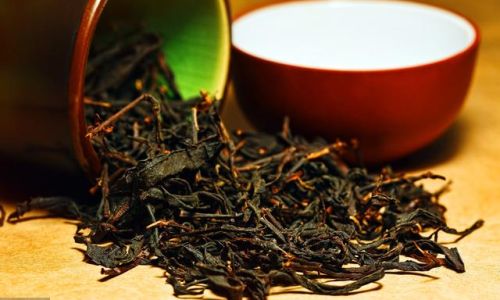
Storage Tips:
- Airtight Ceramic Jars: Ideal for maintaining humidity levels without trapping moisture.
- Moderate Temperatures: Store at 18–25°C (64–77°F), away from direct sunlight.
- Avoid Strong Odors: Oolong’s floral or roasted notes can easily absorb nearby smells.
- For Aged Oolongs: If aging, use porous clay jars to allow slow oxidation, but monitor humidity to prevent mold.
Black Tea: The Robust Survivor
Black tea’s full oxidation makes it less delicate than green or white varieties, but proper storage still enhances its malty, bold flavors.
Storage Tips:
- Airtight Tins or Metal Containers: Protect against light and air.
- Cool, Dry Location: Pantry shelves or cabinets work well; avoid kitchen counters near stoves.
- Avoid Plastic: Plastic containers may retain odors or leach chemicals over time.
- Bulk Storage: Larger quantities can be stored in sealed mylar bags inside a metal tin for added protection.
Pu-erh Tea: Embracing Aging and Fermentation
Pu-erh, a fermented tea from Yunnan, is unique in that it improves with age when stored correctly. Unlike other teas, pu-erh undergoes microbial fermentation, requiring specific conditions to mature gracefully.
Storage Tips:
- Porous Containers: Use clay pots, bamboo baskets, or paper bags to allow gradual airflow.
- Moderate Humidity: Aim for 50–70% humidity to encourage fermentation without mold.
- Consistent Temperature: Avoid fluctuations; 20–30°C (68–86°F) is ideal.
- Avoid Strong Odors: Pu-erh readily absorbs scents, so store away from spices or perfumes.
- For Aging: Check annually for mold and adjust humidity if needed.
Herbal and Fruit Infusions: The Wild Cards
Herbal teas (e.g., chamomile, peppermint) and fruit blends vary widely in ingredients, so storage must account for their diverse components.
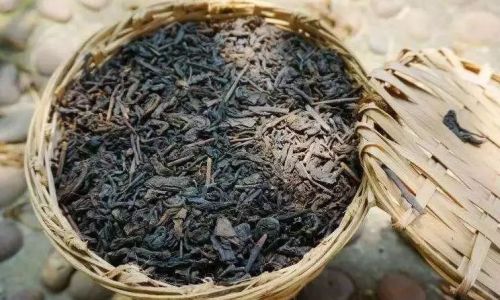
Storage Tips:
- Dry, Cool Environments: Most herbal teas lack tea leaves’ antioxidants, making them more prone to staling.
- Airtight Glass Jars: Use for small batches; label with the date.
- Freeze Dried Ingredients: If the blend includes freeze-dried fruits or flowers, minimize air exposure.
- Avoid Heat: Store away from ovens or windows.
Universal Storage Best Practices
Regardless of tea type, these principles apply universally:
- Use Opaque Containers: Ceramic, tin, or dark glass blocks light.
- Minimize Air Exposure: Smaller containers reduce the amount of air interacting with tea.
- Label and Date: Track purchase dates to ensure timely consumption.
- Avoid Kitchen Storage: Steam and odors from cooking can compromise tea.
- Handle with Clean Hands: Oil and moisture from fingers accelerate degradation.
Common Mistakes to Avoid
- Storing Tea in the Freezer: Unless unavoidable (e.g., rare teas), freezing risks condensation.
- Using Clear Containers: Even in a cupboard, light can penetrate glass over time.
- Mixing Tea Types: Strongly flavored teas (e.g., Earl Grey) can impart their scent to mild ones (e.g., jasmine).
- Ignoring Humidity: In humid climates, use silica gel packets inside containers.
How to Tell If Your Tea Has Gone Bad
- Loss of Aroma: Fresh tea should have a pronounced scent; a dull or absent aroma indicates staleness.
- Mold or Discoloration: Fuzzy spots or dark patches are red flags.
- Off Smells: Musty or chemical odors suggest improper storage.
- Clumping: Moisture exposure has occurred if leaves stick together.
Conclusion: Savoring Every Sip
Tea is a living product, evolving with time and environment. By tailoring storage to each variety’s needs, you preserve not just its flavor but also the cultural and sensory journey it offers. Whether you’re a casual drinker or a connoisseur, these practices ensure that every pot you brew reflects the tea’s true potential. So invest in quality containers, choose your storage spot wisely, and let the ritual of tea drinking remain a celebration of freshness and tradition.
Remember: A well-stored tea is a testament to patience and care—qualities that elevate the simple act of sipping into an art form.
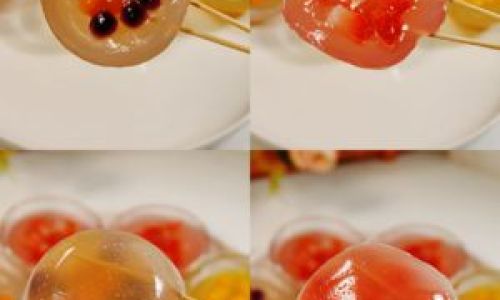
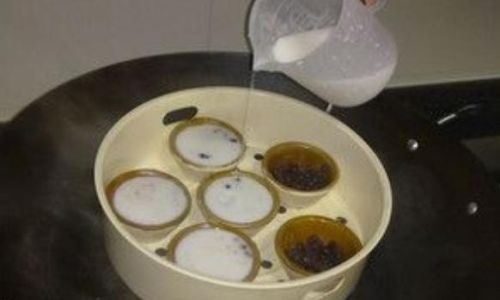
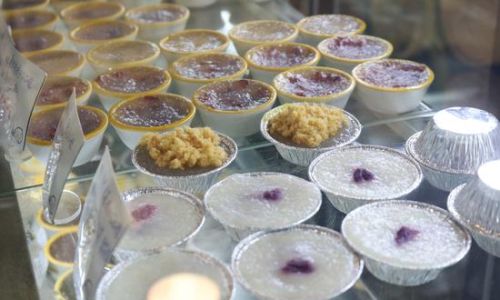
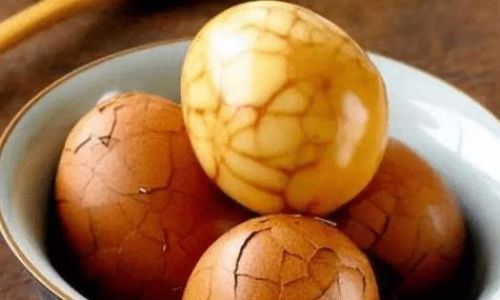
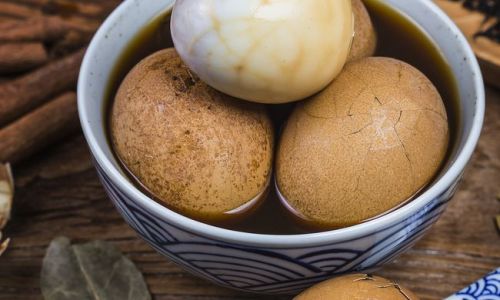
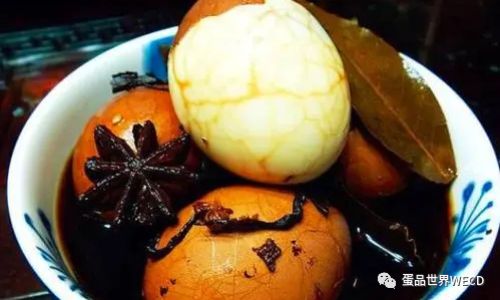
0 comments